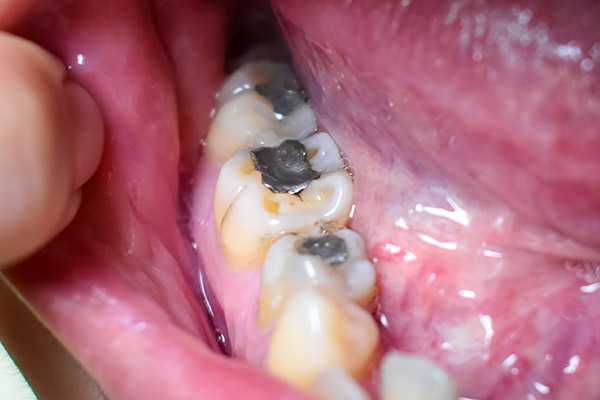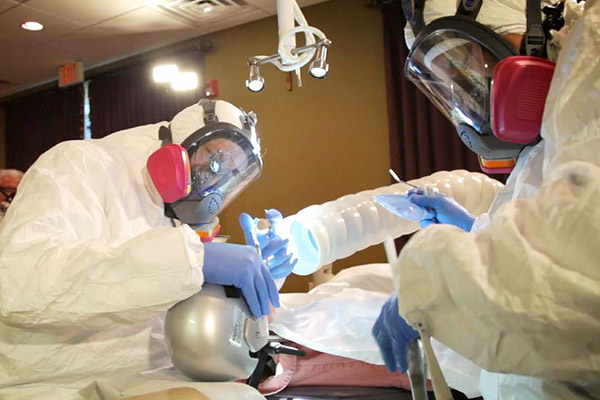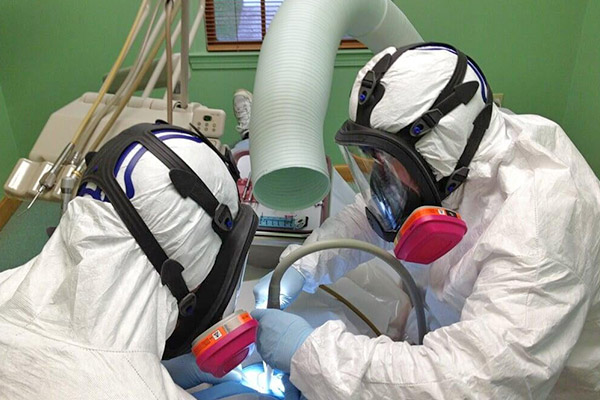Mercury Silver Amalgams



A Closer Look at the Hazards of Mercury Silver Amalgam Fillings: Safeguarding Oral Health and Well-being
PDHA's goal is to help you protect your health and well-being through education, self help and wise choices.
Mercury silver amalgams, commonly used in dental fillings, have long been a subject of controversy and concern due to their potential health risks. While these fillings have been utilized for decades for their durability and cost-effectiveness, growing evidence suggests that their mercury content poses significant dangers to human health.
Mercury/silver amalgam tooth fillings, deceptively called silver fillings, have long been a subject of controversy and concern due to their obvious risk to patients, dental personnel and patients. While these fillings have been used for 200 years, their leakage of substantial amounts of mercury has been well documented. Please see video example. A large and growing body of evidence suggests that the mercury exposure in the dental profession and vulnerable populations has severely damaged or impaired most dentists and many patients, thus are significant dangers to human health.
Mercury: A Potent Neurotoxin
Mercury, a potent neurotoxin, is a primary component of silver amalgam fillings, typically constituting around 50% of their composition. This toxic metal can leach out of the fillings over time, especially through activities such as chewing, grinding, or consuming hot liquids, leading to its absorption into the body. Once absorbed, mercury can accumulate in various tissues, particularly in the brain, kidneys, and liver, where it exerts its detrimental effects.
Numerous studies have linked exposure to mercury from silver amalgam fillings to a range of adverse health outcomes. These include neurological disorders such as Alzheimer’s disease, Parkinson’s disease, and multiple sclerosis, as well as developmental disorders in children and fetuses, such as impaired cognitive function and behavioral problems. Furthermore, mercury toxicity can manifest as symptoms such as chronic fatigue, headaches, memory loss, and tremors, which can significantly impact an individual’s quality of life.
Harm To Vulnerable Populations
One of the most concerning aspects of mercury silver amalgams is their potential to harm vulnerable populations, including pregnant women, fetuses, and young children. The developing nervous systems of fetuses and young children are particularly susceptible to mercury’s neurotoxic effects, raising serious concerns about the long-term consequences of prenatal and childhood exposure to mercury from dental fillings.
Safer Alternatives
In response to these concerns, many health professionals and environmental advocates have called for the phase-out of mercury silver amalgams in favor of safer alternative materials. Tooth-colored composite resins and ceramic fillings are increasingly being recommended as safer and more biocompatible options, offering comparable durability and aesthetics without the risks associated with mercury exposure.
As our understanding of the health risks posed by mercury silver amalgams continues to evolve, it is imperative for both individuals and policymakers to prioritize dental materials that safeguard both oral health and overall well-being, mitigating the dangers associated with mercury exposure.
Tips To Avoid Mercury and Mercury Vapors:
- Be Cautious with Dental Fillings: If you have silver amalgam dental fillings, they contain mercury. Be cautious during dental procedures that involve removing or replacing these fillings. Scratching a filling as well as hot beverages have also been known to release Mercury vapors.
- Avoid Mercury in Cosmetics: Some skin-lightening creams and other cosmetics may contain mercury. Check product labels for ingredients and avoid products that list mercury or mercurous chloride.
- Handle Mercury-Containing Products Carefully: Be cautious when handling items like thermometers, fluorescent bulbs, and batteries that contain mercury. If they break, clean up the spill properly, wearing gloves and avoiding direct contact with the mercury.
- Ventilate Well: If you have products containing mercury, like certain types of thermometers or fluorescent bulbs, ensure the area is well-ventilated to reduce the buildup of mercury vapors.
- Properly Dispose of Mercury-Containing Items: Follow local guidelines for the safe disposal of products containing mercury. Many areas have specific instructions for recycling or hazardous waste disposal.
- Limit Consumption of Certain Fish: Some fish, particularly larger ones like shark, swordfish, king mackerel, and tilefish, can contain higher levels of mercury. Limit consumption of these fish, especially if you’re pregnant or breastfeeding.
- Choose Low-Mercury Fish: Opt for fish with lower mercury levels such as salmon, shrimp, pollock, and catfish.
- Educate Yourself: Stay informed about products and environments where mercury exposure may occur, and take appropriate precautions to minimize your risk.

